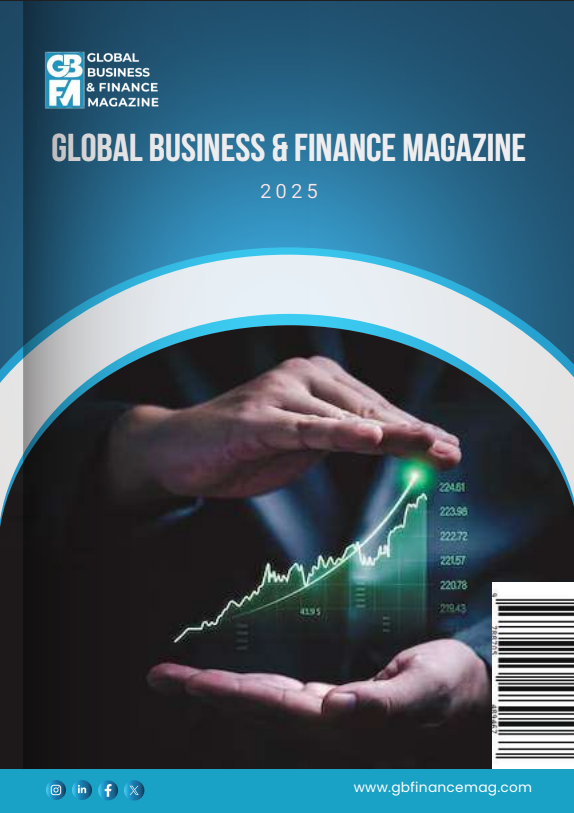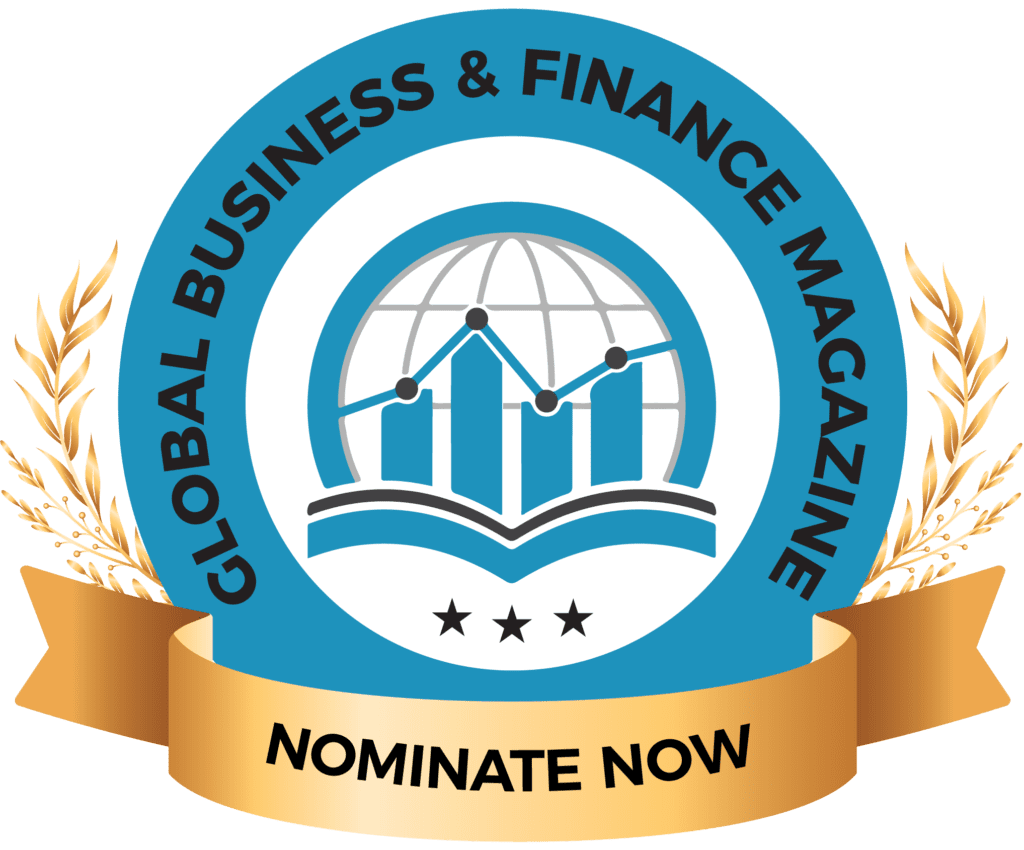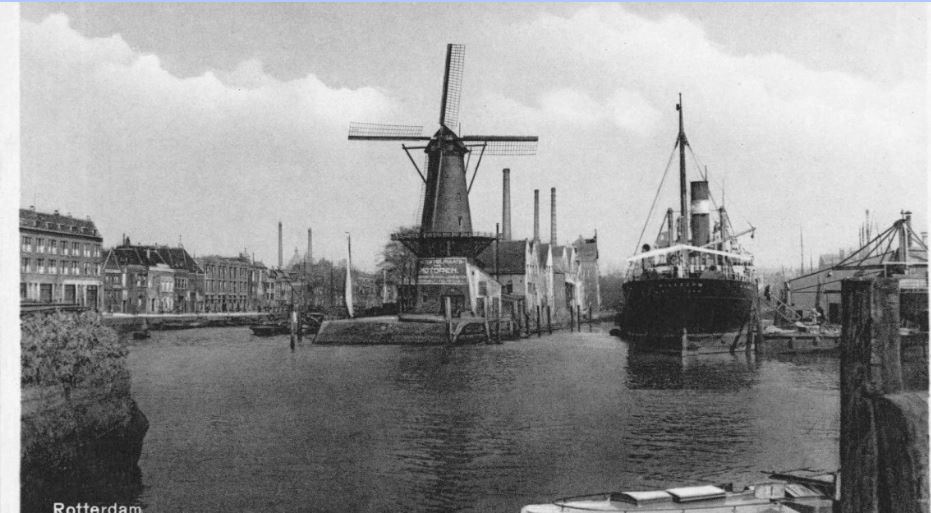Developing economies face a far more challenging international trade environment than they did at the start of the 21st century. Yet trade remains an essential component in reaching development objectives. This column offers possible policy options for developing economies to leverage untapped opportunities for cross-border cooperation and improve domestic conditions that will make trade more efficient, while mitigating the adverse effects of more restrictive and uncertain global trade policy.
For decades, international trade has been a key driver of development in emerging market and developing economies (EMDEs), boosting output and productivity growth, raising wages, and reducing poverty (Monteiro and Piermartini 2024). Trade has also served as a catalyst for knowledge spillovers, facilitating the global diffusion of technology (Piazza et al. 2019). The information and communication technology (ICT) revolution further accelerated this process, allowing multinational firms to combine advanced economy know-how with low labour costs in EMDEs, resulting in unprecedented economic convergence between EMDEs and advanced economies (Baldwin 2016).
EMDEs today are far more integrated into the global economy through trade than they were at the start of the 21st century. Over the past decade, these economies have accounted for more than 35% of global trade on average, up from about 20% in the early 2000s (World Bank 2025a). In nominal value terms, global trade in goods and services nearly quadrupled between 2000 and 2023, with EMDEs contributing more than 40% of this growth. Importantly, EMDEs are also trading more with each other – as of 2023, 57% of these economies export more to other EMDEs than to advanced economies, up from 27% in 2000 (Figure 1, panel A). EMDE goods exports to other EMDEs have long grown faster than their goods exports to advanced economies (Figure 1, panel B).
Figure 1 Exports from EMDEs


Sources: IMF Direction of Trade Statistics (database); World Bank.
Note: EMDEs = emerging market and developing economies. Exports are measured in nominal US dollars. Sample includes 154 EMDEs and 38 advanced economies. A. The figure shows the share of EMDEs whose exports to other EMDEs exceed their exports to advanced economies. Last observation is 2023. B. Bars show simple averages of year-over-year growth during each decade.
Yet the global trade environment has also become more challenging for EMDEs over time. Global supply chain expansion has levelled off since the early 2010s – partly because of natural maturation (Mattoo et al. 2015). This structural change has limited the capacity of EMDEs to pursue the type of export-oriented growth strategy that was successful in past decades. In recent years, supply chain disruptions associated with the pandemic and elevated geopolitical tensions have highlighted the vulnerabilities of the global trade system (Attinasi and Mancini 2025). Recourse to trade restrictions has become frequent. These restrictions, of which 70% percent were introduced by advanced economies in 2022-24, disproportionately affect EMDEs (Figure 2, panel A). Not only is global trade environment more restrictive, but the trajectory of trade policy has become less predictable. Global trade policy uncertainty thus far in the 2020s has been nearly triple the average level in the 2000s (Figure 2, panel B).
Figure 2 Trade policy


Sources: Caldara et al. (2020); Global Trade Alert; World Bank.
Note: A. EMDEs = emerging market and developing economies; RHS = right-hand scale. Panel shows implemented interventions by countries that discriminate against foreign interests. Contribution represents the number of measures implemented by each country group. Exposure represents the number of measures affecting each country group. Each measure can be implemented by and target multiple countries. Adjusted data (for reporting lags) as of 19 December 2024. B. The global trade policy uncertainty index quantifies changes in trade policy uncertainty by measuring the frequency of related terms in major newspapers; higher values indicate increased uncertainty. Last observation is February 2025.
In this environment, EMDEs need to design their policies carefully. Rather than focusing on tit-for-tat actions, they should seek opportunities for durable cross-border cooperation and improve domestic conditions, while mitigating the adverse consequences of rising trade restrictions. Policies should be tailored to each country’s circumstances, but four equally important themes ought to dominate EMDEs’ trade policy agendas.
- Embrace integration. EMDEs need to coordinate with willing partners to durably reduce barriers to trade and investment flows. The good news is that there are several recent examples of such an approach, despite a long-term decline in the pace at which new trade agreements are formed (Figure 3, panel A). If measures to facilitate trade and foreign direct investment (FDI) under the recent African Continental Free Trade Area (AfCFTA) are fully and effectively implemented, they could boost exports from Africa by more than 30% and intraregional exports by more than 100% by 2035. Trade cost reductions under the Regional Comprehensive Economic Partnership (RCEP) in East Asia, coupled with liberalisation of rules of origin, could increase trade among the 15 member countries by 12% and boost real incomes by up to 2.5% by 2035. The transcontinental Comprehensive and Progressive Agreement for Trans-Pacific Partnership (CPTPP) and the EU-Mercosur agreement are other recent examples of effort to reduce tariff and non-tariff trade barriers.
In general, EMDEs can benefit from deepening their trade agreements. ‘Deep’ trade agreements aim to reduce behind-the-border barriers as well as direct trade-restricting measures such as tariffs. They tend to generate more trade and FDI than shallow agreements, and the broader policy areas they address provide their members with more opportunities to reap the benefits of economic integration. Deepening all existing preferential trade agreements to their highest level of ambition would increase GDP by an estimated 0.8% in sub-Saharan Africa, for example, and by 1.7% in South Asia (Fernandes et al. 2021). - Reduce trade costs by improving domestic conditions. Although goods trade costs have fallen over time, they are still far higher in EMDEs than in advanced economies. Substantial cost reductions could be achieved by lowering transportation costs, including through infrastructure upgrades. Efficiency-raising improvements in ports, roads, and airport facilities can all reduce costs. EMDEs would also benefit from initiatives to improve trade efficiency – such as streamlining customs procedures, easing regulatory compliance, improving logistics, and reducing non-tariff barriers (Ohnsorge and Quaglietti 2024).
- Employ industrial policy strategically and pursue trade diversification. When implementing industrial policy, EMDEs should carefully assess the costs and benefits and ensure alignment with their WTO commitments. Effective industrial policy should be time-bound, targeted, transparent, and closely monitored. When it is well-designed, industrial policy can foster knowledge spillovers, create jobs, and reduce uncertainty for investors.
Policy should also be adapted to a changing trade landscape – in particular, rapid growth in services trade fueled by technological advances (Baldwin et al. 2023). Since the early 2010s, services trade growth has outpaced goods trade growth, driven by trade in intermediate services – where advanced economies have lower barriers (Baldwin 2022). Between 2005 and 2023, the value of services trade more than tripled (Figure 3, panel B). To further benefit from the services trade, EMDEs need to ensure that workers have the education and skills required for services-based jobs, including those with a digital focus.
Figure 3 Trade agreements and mode of trade


Sources: UNCTAD; World Bank; World Trade Organization.
Note: A. Bars show simple averages of annual data. Sample excludes agreements signed by the UK. B. Data begin in 2005 in the original source.
- Support a rules-based multilateral trade system. EMDEs can play a strong role in restoring a fully functional rules-based multilateral trade system. Trade, driven by a rules-based and predictable multilateral trading system, has been crucial in reducing poverty and lowering inequality between countries. Reductions in trade costs, including those related to WTO accession commitments, between 1995 and 2020 boosted global real GDP over the period by nearly 7% and by over 30% in low-income countries (WTO 2024). Multilateral institutions promote dialogue to reduce uncertainty about trade and investment policies and to establish a level playing field for trade.
EMDEs may also need to take action to mitigate the adverse effects of trade tensions between major economies and the impact of rapid technological change, particularly on the most vulnerable members of society (Carballo and Mansfield 2025). Appropriate interventions could take the form of temporary income support, retraining programmes, targeted tax policy changes, or targeted technical assistance programs (Goldberg and Reed 2023). Well-designed active labour market policies can also help reduce the duration of unemployment episodes and maintain relatively low unemployment rates (Andersen and Svarer 2012).
To improve their standards of living, EMDEs need more trade. Between 1990 and 2010, the rapid expansion of these economies, backed by a supportive global trade environment, enabled more than 900 million people to escape extreme poverty (World Bank 2025b). The global trade environment may not be as supportive of export-led growth for EMDEs as it once was, but trade is still an essential component of EMDEs’ path to boosting incomes, reducing poverty, and achieving broader development objectives.
Source : VOXeu





